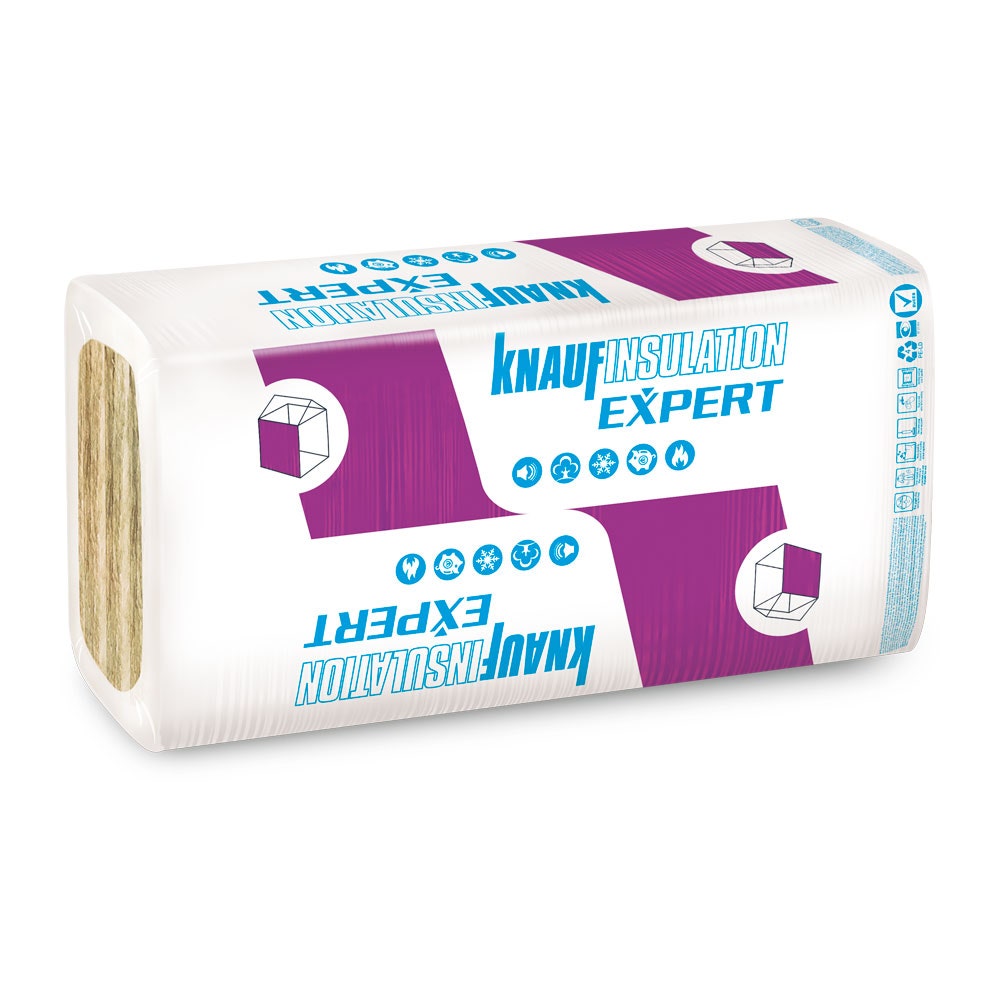Hello,
I'm in the process of upgrading my studio's room acoustics and I have these two choices for a significantly more effective "bass trap" solution to foam (which isn't really doing anything to the low freqs anyway)
HOFA Basstrap
http://hofa-akustik.de/en/modules/basstrap/details/

--- or---
Spectrum Studio Corner Bass Trap L
http://www.eqacoustics.com/products-pag ... ass-trap-l
and here's it's performance data (100mm):
http://www.eqacoustics.com/learn-more/a ... mance-data

One is based on sheer mass and density stuffing (14.5 Kg in wight per piece) and the other on a membrane and I'm not sure which would be more effective for the usual front-side wall corners.
edit: Maybe it's a better idea to go DIY?





